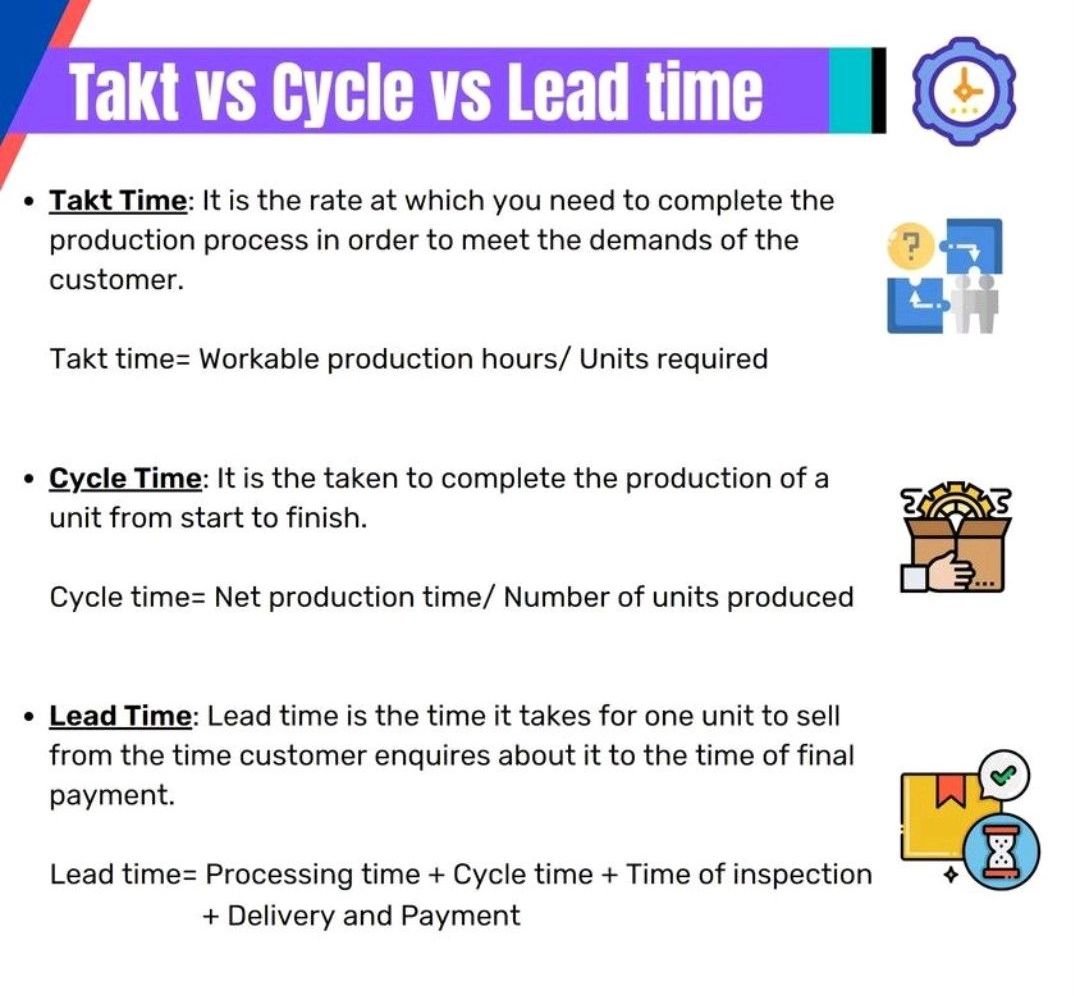Improving Efficiency and Reducing Product Rejections in a Manufacturing Company Using Six Sigma Tools
In this case study, a medium-sized automotive parts manufacturer successfully implemented the Six Sigma methodology and tools to address high levels of waste and increased product rejections. Using the DMAIC framework, the company identified root causes, developed action plans, and established ongoing monitoring systems. As a result, they achieved a 55% reduction in product rejection rates within six months, leading to increased customer satisfaction, higher profits, and a more efficient manufacturing process.

